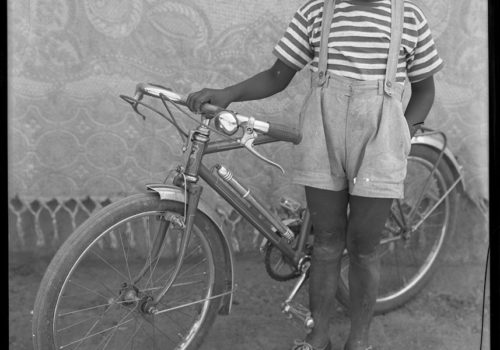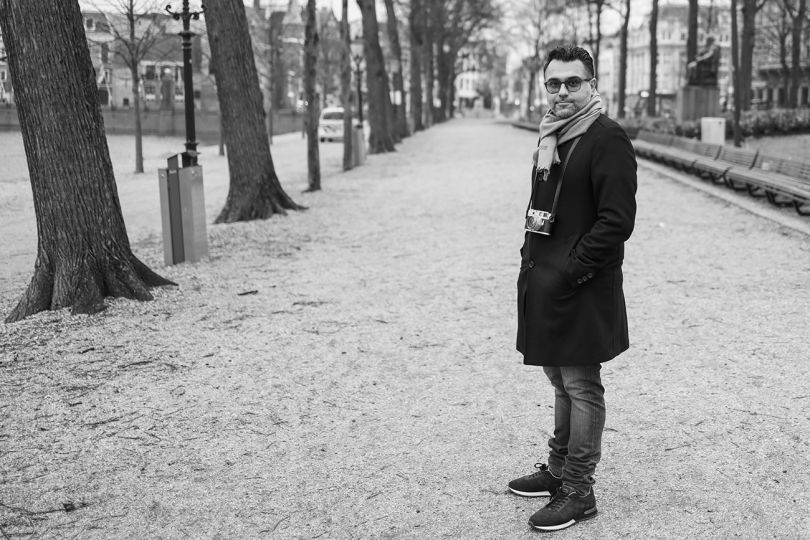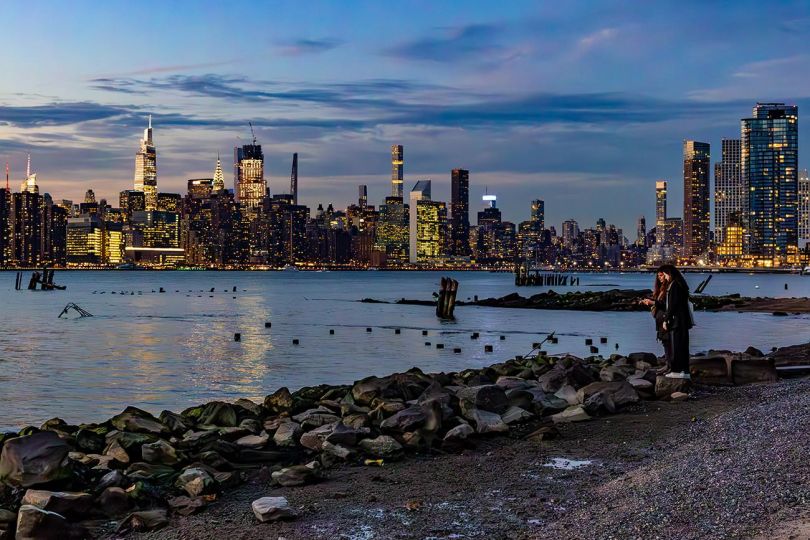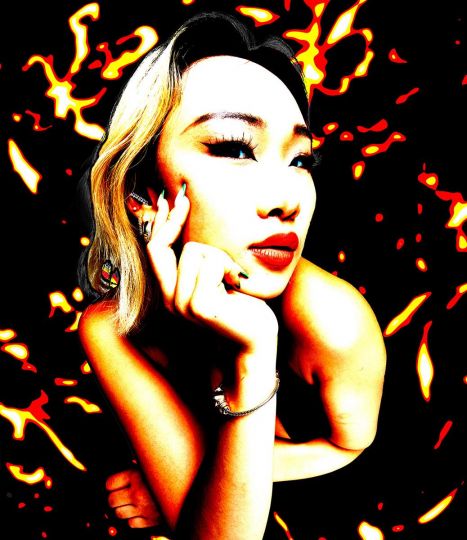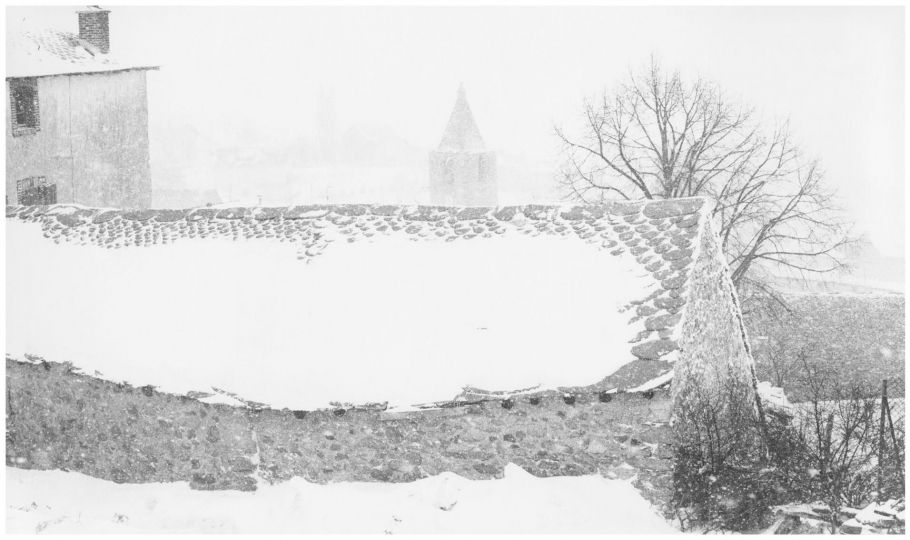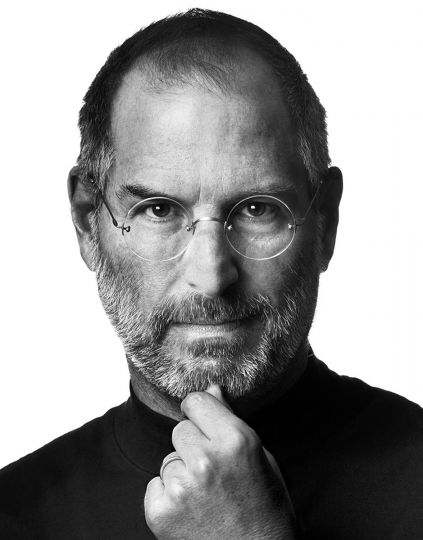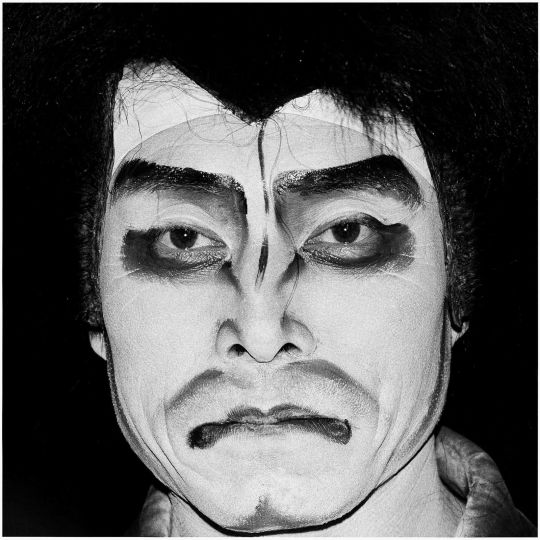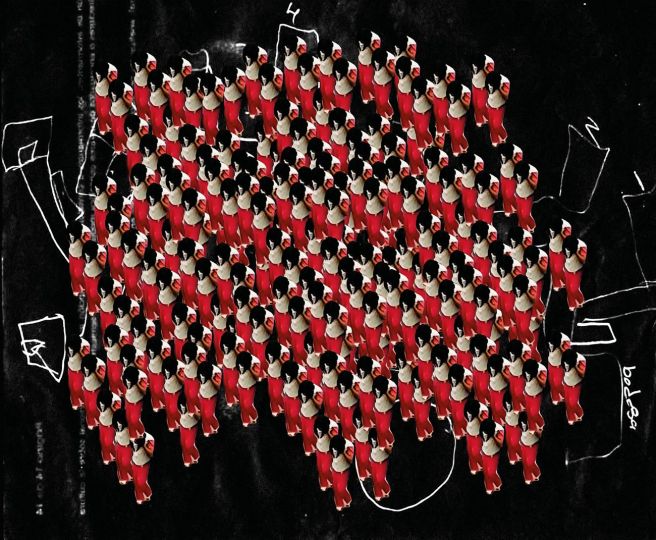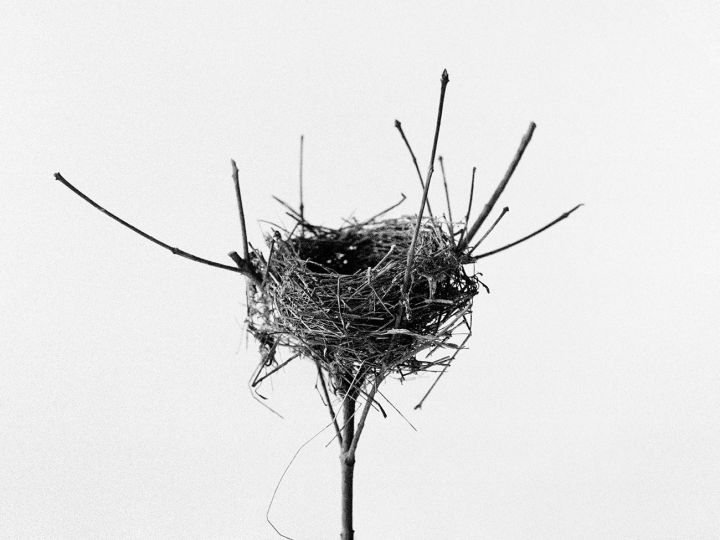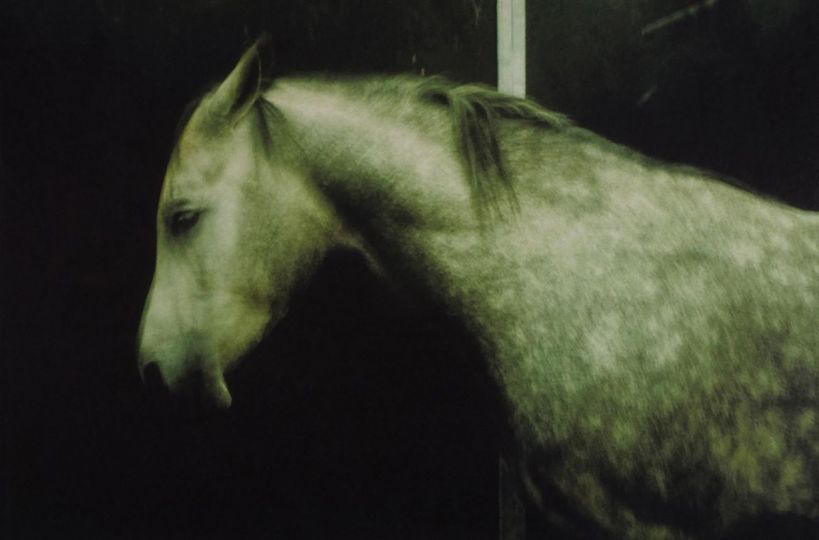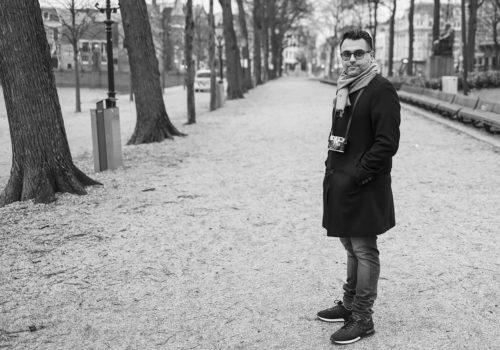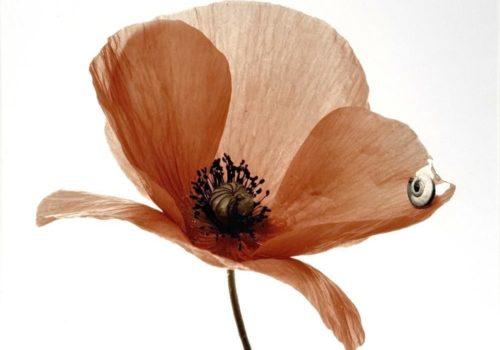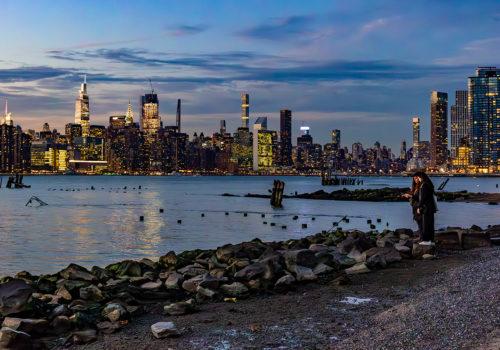Seydou Keita
Born c. 1921, Bamako, Mali
Worked and lived in Bamako. Died in 2001, Paris, France
Initially trained by his father to be a carpenter, Keïta’s career as a photographer was launched in 1935 by an uncle who gave him his first camera, a Kodak Brownie Flash, he had purchased during a trip to Senegal. In 1948 he opened his own studio in Bamako and he quickly built up a successful business. Whether photographing single individual, families, or professional associations, Keïta balanced a strict sense of formality with a remarkable level of intimacy with his subjects. Like many professional photographers, he furnished his studio with numerous props, from backdrops and costumes, to Vespas and luxury cars. He would renew these props every few years, which later allowed him to establish a chronology for his work.

